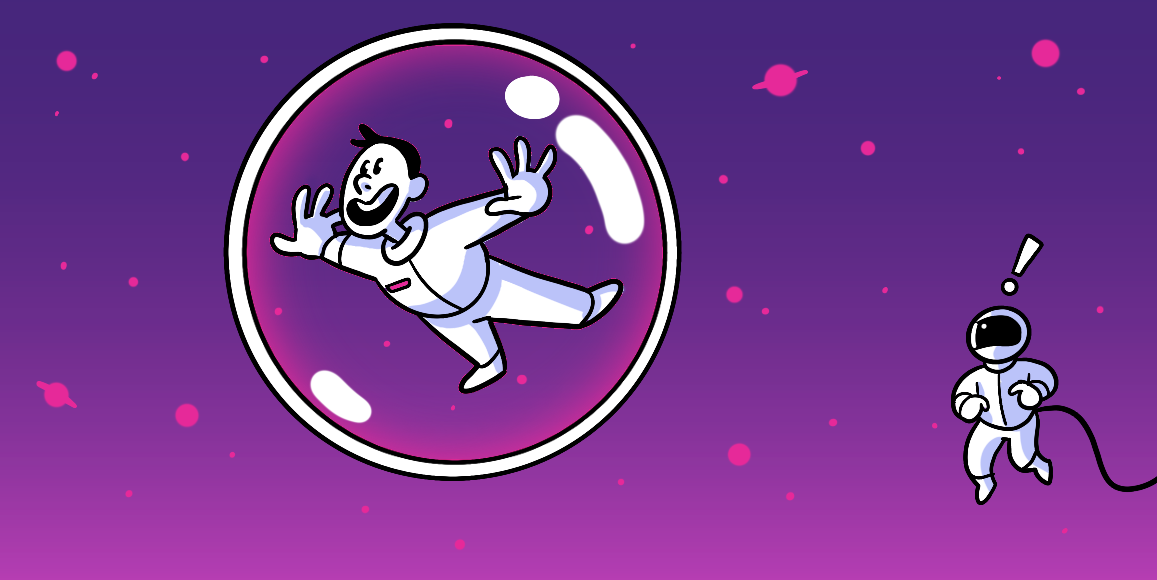Constraints
Imposing hard rules can help spark wild creativity.
The nuts and bolts: Though most people believe unrestricted resources drive innovation, the best ideas emerge from creative constraints. These are known as creative constraints, and they are the requirements and limitations that must be met in order to achieve a goal.
ZURBians working under a time constraint during ZURBwired
Yeah, it seems totally counterintuitive to say that imposing hard rules spark wild creativity, but it really does the trick. It can inspire some awesome products, and even some great music and writing.
Some writers impose some hard rules on themselves before embarking on a new work. Take for instance the 1939 novel “Gadsby”, which is a 50,000 word book that doesn’t use the letter “E.” OK, we know that’s a bit mind-blowing, but you read right. Ernest Vincent Wright, the author, wrote the entire 260 page novel without so much as hitting the “E” key on his typewriter. One of our favorite musicians and famous music producer Brian Eno says he doesn’t start creating sweet tunes until he locks down some rules or constraints.
As part of our design process, we’ve found that establishing constraints are mad helpful in getting scrappy and getting things done so we can sit back with a cold beer at the end of the day.
A Different Way of Approaching A Problem
Confining yourself and your problem forces you to be more novel in your solution. By doing so, you’ll be forced to shake your preconceived notions and view your problem from several different angles.
Deadlines Don’t Have to Be Debilitating
Deadlines are actually liberating. With constraints, we’ve found that we’re forced into timeboxing. Believe it or not, we focus better when we can limit what we’re doing based on how much time we have on our hands. We need to get scrappy fast, so we’ve learned to scoff in the face of deadlines. So much so that we’re crazy enough to do an entire campaign in 24 hours.
We call this coffee-fueled binge ZURBwired. Working around the clock, we solve a huge challenge for a nonprofit that’s gotten organizationally stalled.
Saying “No”
Best of all, constraints cut out a lot of what-ifs. This isn’t always easy. Saying no is really hard, ’cause sometimes we just love this little idea we have even if it might not work. Constraints, however, help us self-edit. In other words, eliminate the crap before we waste our time on it. As part of our process, we’ve learned that we can be more innovative because we aren’t stressing about accomplishing a billion things.
Confine Yourself
Now, you might be asking yourself, “how do I put constraints on my work?” Good question, glad you asked. Before embarking on a new project, ask some key questions, such as “what is the problem I’m trying to solve” and “how much time do I have,” then impose hard rules around those answers.
The more you confine yourself, the more you’re forced into thinking our way out. For us, we like to think that makes us the Houdinis of product designers!
Are You Confined Enough?
Take your early ideas and put them to the test with an actual audience in Helio. That way you’ll learn if you’ve constrained yourself just enough or too much. Our Idea Generation Template is a quick way to get started. You can easily customize it for your testing needs.




